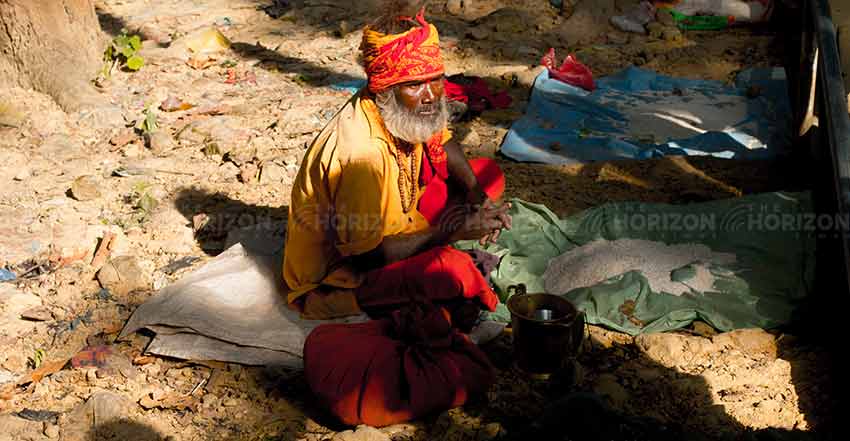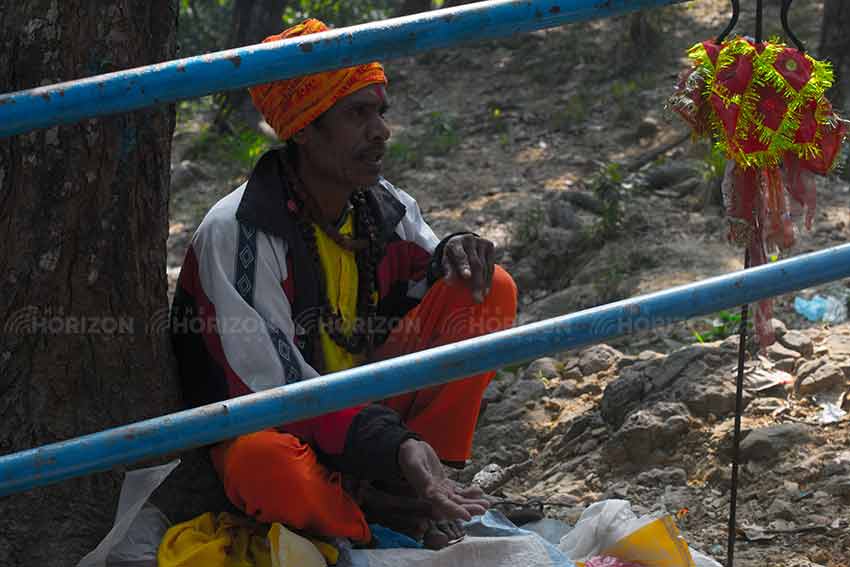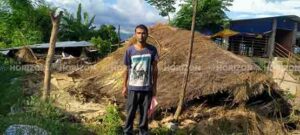Kathmandu, Nepal: Poverty is a state of deprivation. Despite its many forms and dimensions, poverty is the deprivation of basic necessities of life. Poverty is the lack of basic necessities of life in the general sense.
Poverty can be classified as absolute and relative. Absolute poverty is the inability to meet even basic needs. The poverty line income level is used to measure absolute poverty.
For example, according to global norms, the absolute poor are those whose income is less than $ 1.25 per day. Based on this, the poverty rate in Nepal is 28.6 percent.
Poverty is the state of economic, social, humanitarian, educational backwardness, deprivation of resources and opportunities and lack of access. Poverty spreads because of poverty. Poverty hinders the utilization of the country’s disproportionate population for the proper mobilization of the country’s natural resources. At present, the population living below the absolute poverty line in Nepal is 18.7 percent.
Population living in multidimensional poverty: 28.6 percent. Poverty is a major factor in the lack of economic growth and development. Poverty has led to some of the world’s largest socio-political movements. Thus, in developed and developing countries, the problem of poverty is both consequential and qualitative.

Absolute poverty makes it difficult to meet the basic necessities of life due to less than the prescribed income. Absolute poverty also illustrates the state of not meeting the basic necessities of life. Relative poverty refers to a relatively weak standard of living in a society or geographical area. Relative poverty depicts a person’s economic and social condition in comparison to other people.
Lack of capital, rising unemployment, illiteracy, rapid population growth, inequality, rural settlement, political instability, traditional agricultural systems, lack of government policy, lack of industrialization, religious values, skill migration, lack of professional self-employment skills, resources and opportunities. Unequal distribution, poor educational conditions, low human development, poor infrastructure development, increased corruption and inability to maintain good governance, Poverty causes such as inability to distribute national income properly, social inequality, low socio-economic infrastructure, unequal distribution of resources. Poverty will be reduced if these reasons can be considered and implemented.
If these problems can be solved, poverty will reduce itself.
There have also been many efforts by the Government of Nepal to alleviate poverty. The goal is to reduce poverty in planned development. The Government of Nepal has established the Poverty Alleviation Fund to reduce extreme poverty in Nepal and to build a democratic, just, egalitarian and sustainable society.
It seeks to improve and empower the living conditions and livelihoods of the rural poor. Various programs have also been launched to alleviate poverty.

During the same period, special program with the poor, youth self-employment program, rural self-reliance program, micro enterprise development program for poverty alleviation and others continued to work in the field of poverty alleviation.
Due to the lack of creativity in the programs, constant repetition of weaknesses, and policy ambiguity, these programs have also come under question. The government has set up the Ministry of Poverty Alleviation to make the poverty alleviation program more coordinated and effective.
The ministry has intensified the work of identifying the poor across the country and distributing identity cards to them. Distribution of poverty identification cards has been completed in more than 25 districts.
It is necessary to adjust, manage and change the structure of poor targeted programs of the same nature that have been started in different contexts in the past. The Constitution of Nepal 2072 B.S has included poverty alleviation within the purview of all three levels of government.
Only with the coordination and participation of federal, provincial and local governments can take action to poverty alleviation programs. It must be implemented effectively. Central structures such as the Ministry of Poverty Alleviation and the Poverty Alleviation Fund can formulate effective projects after policy formulation and research, while provincial and local governments can implement them effectively as well.

The Sustainable Development Goals are pushing national governments to commit to making the world a healthy, well-educated, safe, well-governed, and civilized society by 2030. The United Nations has called that situation ‘The World We Want’ and all countries, including Nepal, are formulating and implementing programs, policies and plans in the campaign to achieve the world we want.
Poverty alleviation is its first basis. Due to poor targeted programs, grant programs, social security programs, social mobilization programs and human resource development programs, the population below the poverty line has dropped from 49 percent at the end of the 7th plan to 18.7 percent at the beginning of the 15th plan which is terrible uneven.
The current 15th Plan aims to achieve the goal of sustainable development by freeing all citizens from absolute and multidimensional poverty by 2087 BS with a long-term vision. Population living below the poverty line .
The long-term goal is to reduce it to 0 percent by 2100. The current periodical plan has been prepared as a base plan to achieve long term thinking of prosperous Nepal, happy Nepali.
Every periodic plan aims to reduce poverty in one way or another. But there are many reasons and problems for the failure to reduce poverty. Having a centralized and unitary state system, lack of timely poverty alleviation policy by identifying the causes of poverty in Nepal, lack of real poverty identification, distribution oriented rather than poor targeted program capacity building, Lack of coordination between poverty alleviation programs, lack of simple and easy access to basic services of the state, lack of proportional and adequate development of infrastructures, lack of sustainable agricultural system and modernization and commercialization of agriculture sector, programs emphasizing productive and capacity building programs.
All these are neglected not being practical.
The reasons for the failure to reduce poverty in Nepal, such as the inability to reform the economy by changing traditional technology and procedures, are highest cause of poverty scaling.

It is challenging to identify the real poor in the country and run targeted programs to raise their living standards. The national goal of poverty alleviation can be achieved only by making the current poverty alleviation program effective, which is the basis for fulfilling the national resolution of ‘Prosperous Nepal, Happy Nepali’. Poverty is an economic and social problem.
This cannot be reduced to zero immediately. But it can be brought to a gradually declining rate by preventing it from going up from the current situation. As the pace of economic development increases, so will development and prosperity. It will also improve the income of the people. Only then will it be easy to reduce poverty.
For this, positive steps should be taken by the federation, state, local level, all individuals, society, community, social engineer, nation and international arena. It is believed that poverty can be reduced with the support and commitment of all.
Tek Raj Panthi
Don’t Miss This
Maghi Festival to be held in spite of Covid-19 in Kapilvastu, Nepal








Be First to Comment